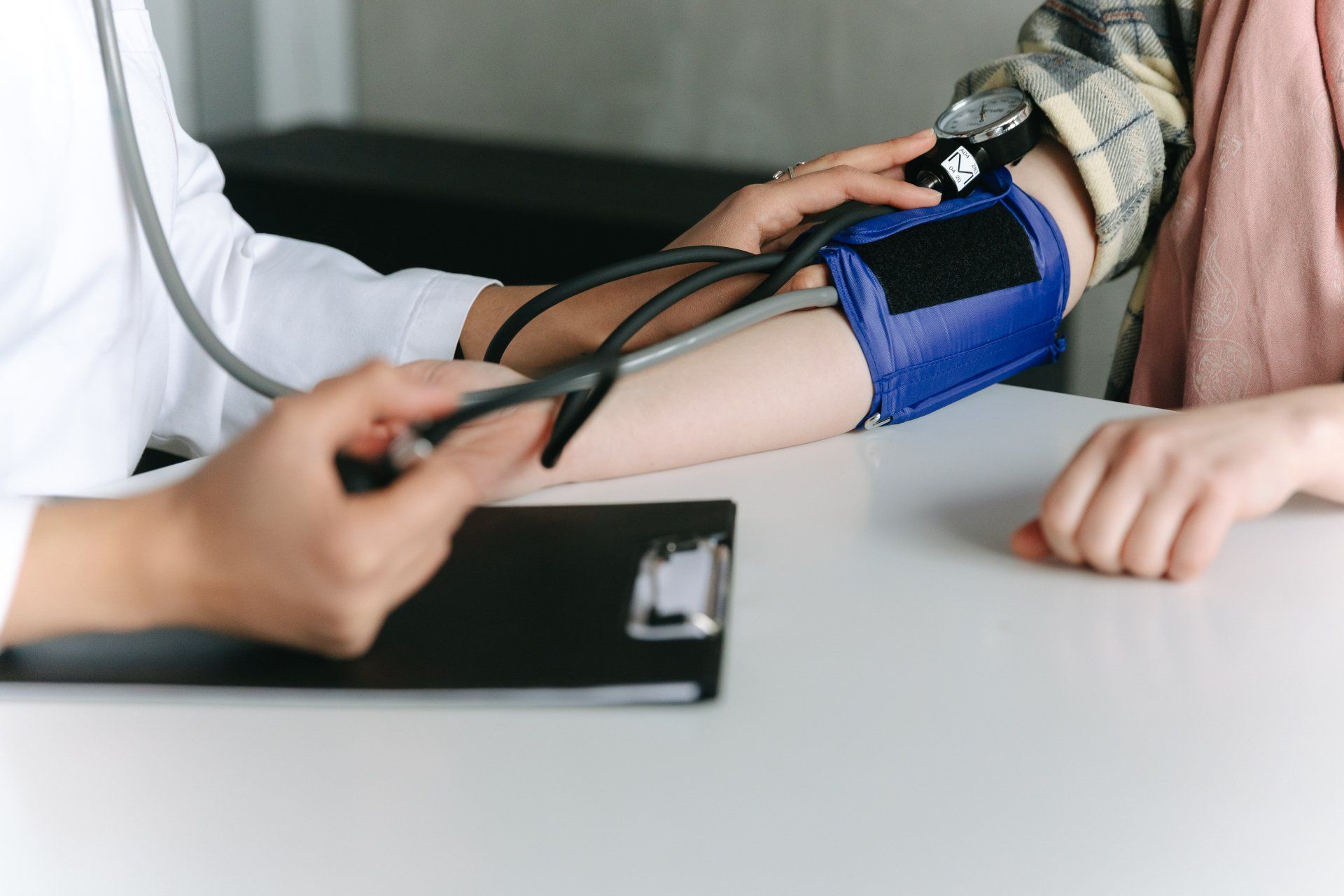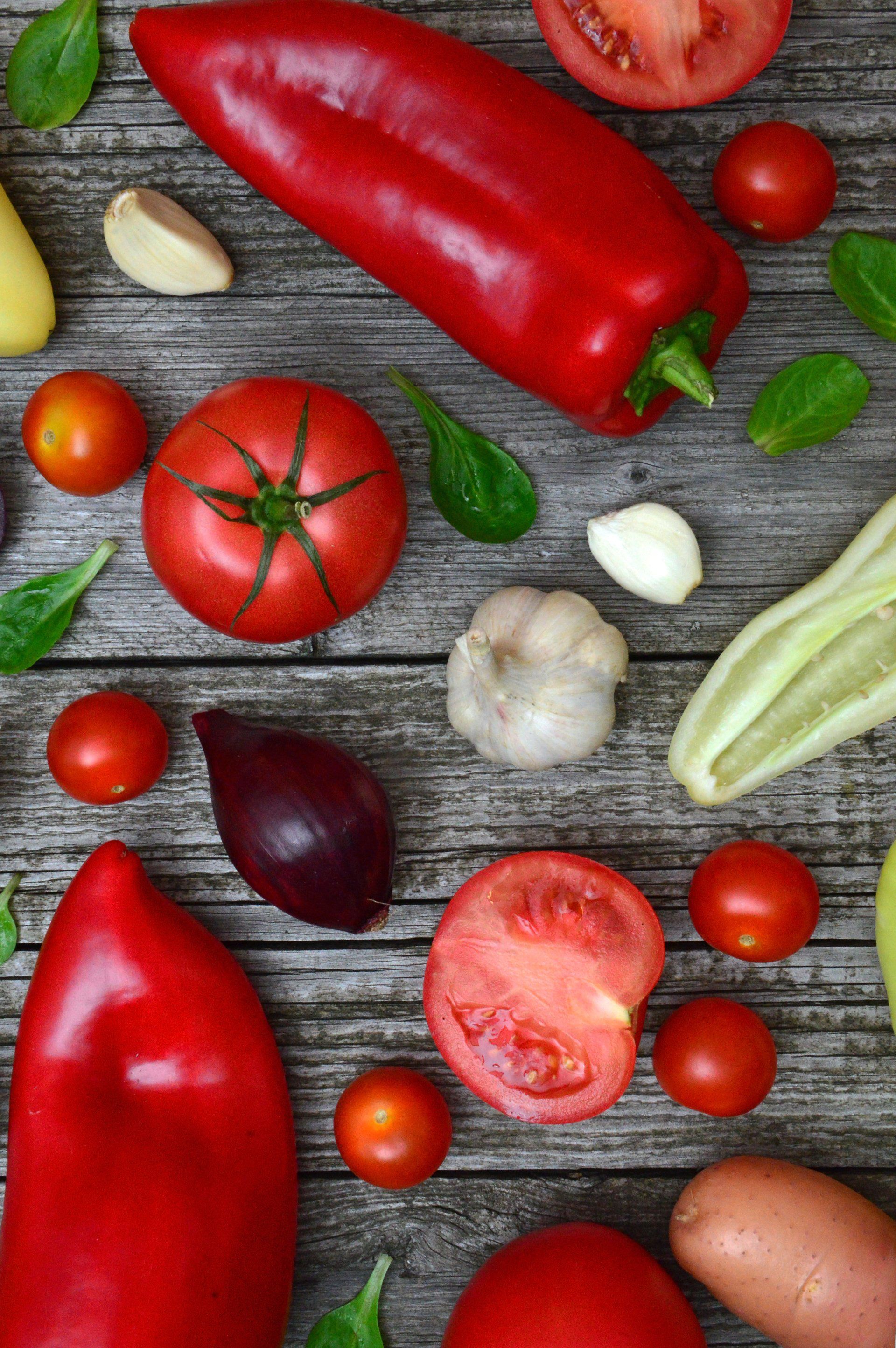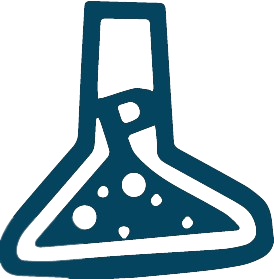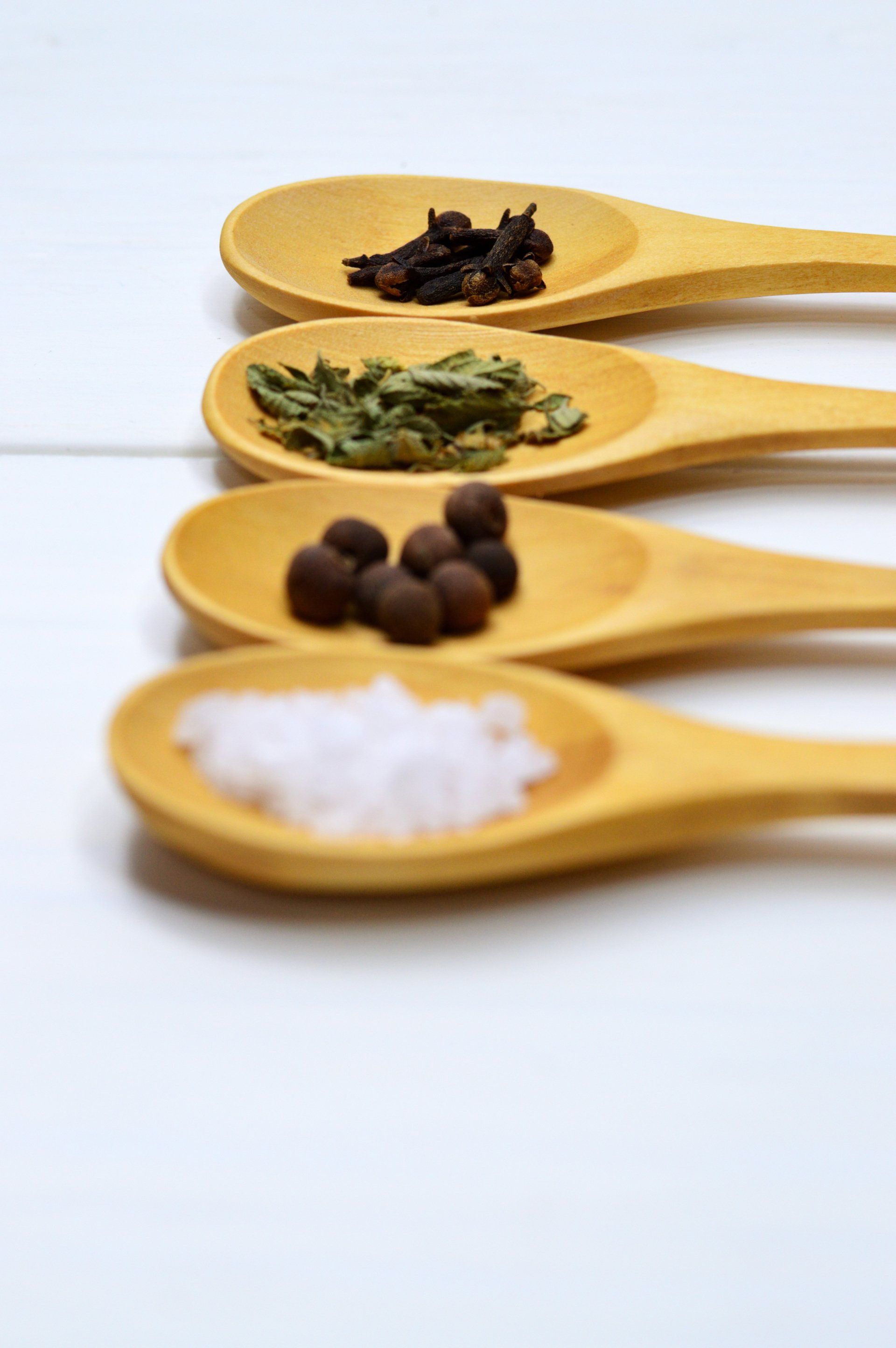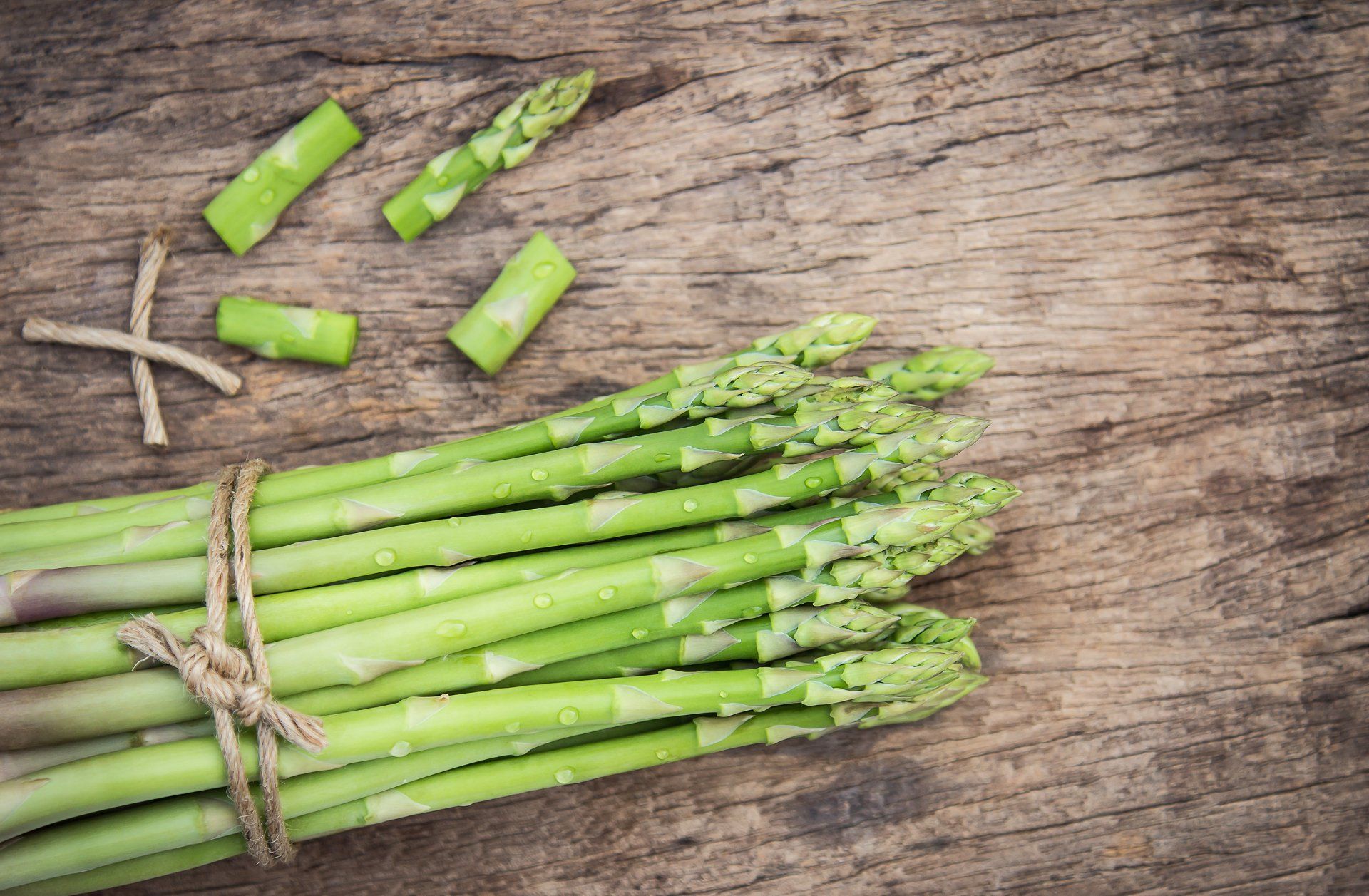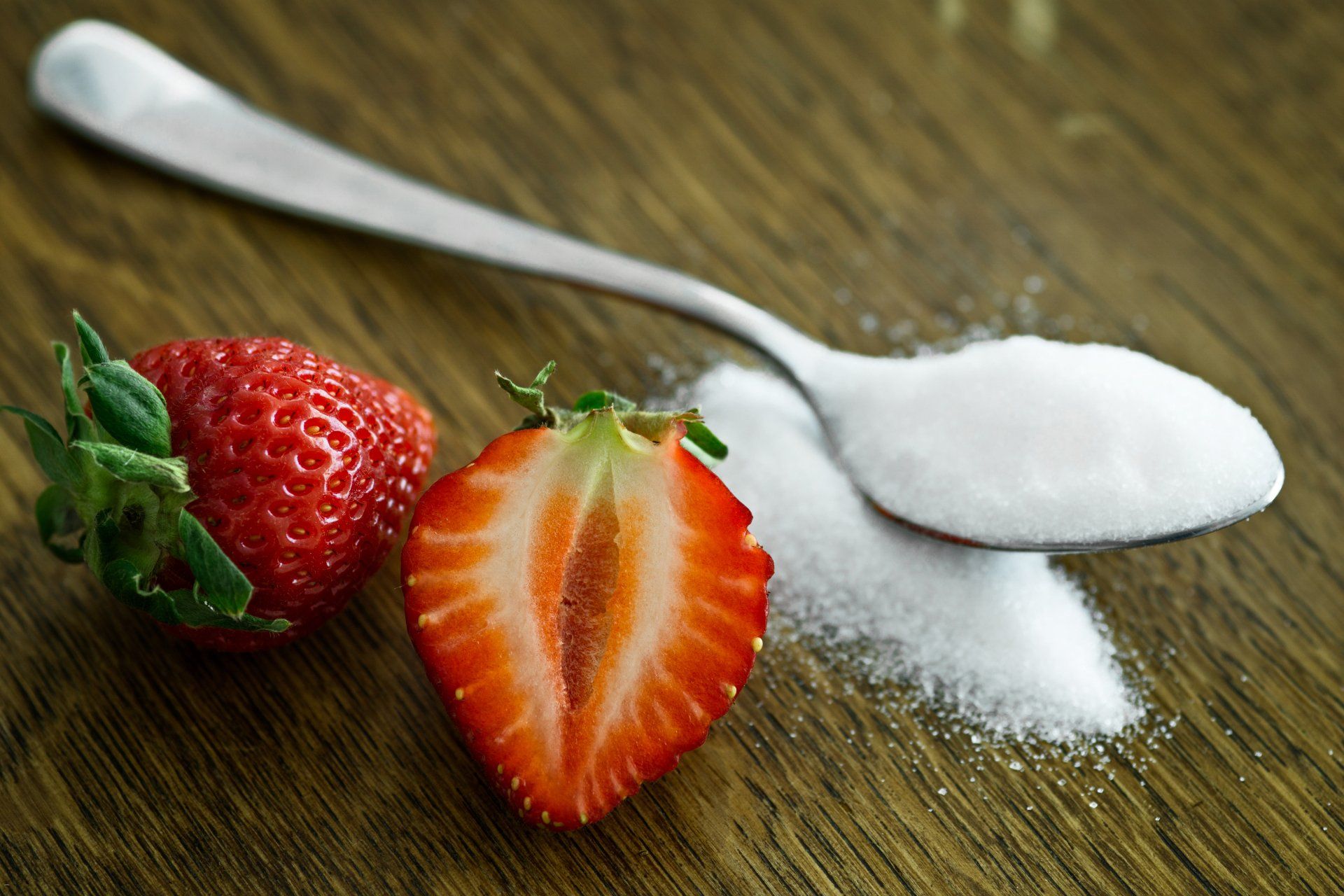Unveiling the Wonders of the Cardiovascular System: A Symphony of Life
Unveiling the Wonders of the Cardiovascular System: A Symphony of Life
By: Auburn Johnson MSc
The cardiovascular system, also known as the circulatory system, is an intricate network of organs, vessels, and cells that work together to transport nutrients, oxygen, hormones, and waste products throughout the body. Often likened to a complex and vital highway, the cardiovascular system is responsible for maintaining the body's internal balance and ensuring the proper functioning of every organ and tissue. In this article, we will explore the components of the cardiovascular system, its functions, and the crucial role it plays in sustaining life.
Components of the Cardiovascular System:
1. The Heart: The Engine of Life At the center of the cardiovascular system is the heart, a powerful muscular organ roughly the size of a fist. Located in the chest, the heart functions as a pump, propelling blood throughout the body. It consists of four chambers – two atria and two ventricles – that work in harmony to ensure the continuous circulation of blood.
2. Blood Vessels: The Pathways of Circulation The circulatory system comprises a vast network of blood vessels that serve as the pathways for blood flow. Arteries carry oxygenated blood away from the heart to various tissues, while veins transport deoxygenated blood back to the heart. Capillaries, the smallest blood vessels, facilitate the exchange of nutrients and waste products between the blood and surrounding tissues.
3. Blood: The Fluid of Life Blood, a connective tissue, is composed of red and white blood cells, platelets, and plasma. Red blood cells carry oxygen, white blood cells defend against infections, platelets aid in blood clotting, and plasma transports nutrients, hormones, and waste products. Together, these components ensure the blood's ability to perform its diverse functions.
Functions of the Cardiovascular System:
1. Transportation of Oxygen and Nutrients: The cardiovascular system ensures the efficient delivery of oxygen and nutrients to cells throughout the body. Oxygenated blood is pumped from the lungs to the rest of the body, providing the necessary energy for cellular activities.
2. Waste Removal: Deoxygenated blood returns to the heart, where it is pumped to the lungs for oxygenation and the removal of carbon dioxide. The cardiovascular system plays a vital role in eliminating waste products generated by cellular metabolism.
3. Hormone Distribution: Hormones, chemical messengers that regulate various physiological processes, are transported through the bloodstream. The cardiovascular system acts as a highway for hormones, facilitating communication between different organs and tissues.
4. Immune Response: White blood cells, a crucial component of the blood, defend the body against infections and foreign invaders. The cardiovascular system enables the rapid transport of these immune cells to sites of injury or infection.
The cardiovascular system is the life-sustaining force that keeps our bodies functioning optimally. Its intricate design, with the heart as the central pump and a vast network of blood vessels, ensures the continuous circulation of blood and the distribution of essential elements for life. Understanding the complexities of this system provides insight into the delicate balance required for overall health. As we marvel at the wonders of the cardiovascular system, we gain a deeper appreciation for the symphony of life that plays within us



